
You have probably been rote counting with your child since they were an infant! By practicing this important skill, you have already helped even the tiniest baby be prepared to learn math! But what is Rote counting? Why do we need this skill? How can you teach it in a fun way?
In this article you'll find:
*As an Amazon Associate I may get a small commission if you decide to purchase from my links. Thank you.
Rote counting is saying number names in the correct sequence. What it's not: counting any quantities or objects.
Before learning to count quantities, otherwise known as rational counting or counting with one to one correspondence, children must memorize the order of numbers and be able to say them correctly in sequence: 1, 2, 3, 4, 5, and so on. That is called rote counting!
There are so many engaging ways to learn the numbers in sequence, some through music and games and others through the actual counting of objects in everyday life.
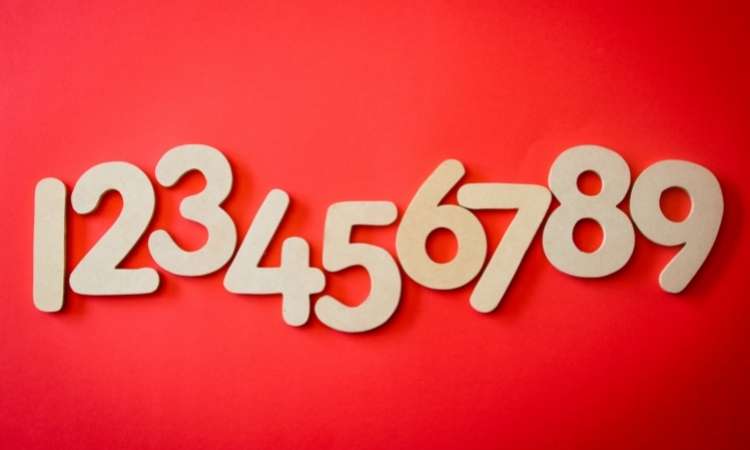

Knowing the order of numbers is essential before you are to count objects accurately or do any type of arithmetic. Think about it, in order to add 3 to 2, you need to know what numbers comes next when you first count to 3, then add the 2, and then finally count the sum.
Rote counting is a skill that develops in older grades as we ask children to count from numbers other than 1, find the the numbers that come after, or add by counting on.
Skip counting is also a form of rote counting where children memorize the sequence of numbers based on a pattern like multiples of 2's or 10's.
Children as young as 2 begin rote counting numbers to around 5. In preschool, children learn to rote count to 10 and often 20. In kindergarten children must learn how to rote count to 100, according to USA common core standards.
Yes, modeling rote counting helps children memorize the numbers. Much like a new song, it takes our minds time to remember the lyrics. Soon rote counting will be so automatic for them, they'll need to slow down!
Most activities are strictly about rote counting. A few at the end incorporate the next step in counting which is beginning to count objects and number recognition.
This classic game involves rote counting. Whomever is chosen as the seeker counts to a certain number before shouting, "Ready or not?! Here I come!" Is your child learning how to rote count to 10? 15? 20? Play "Hide and Seek" and make that the number the seeker counts to each time.

There are so many children's songs that include rote counting. Here are a few with links to their Youtube videos if you're not familiar:
The Ants Go Marching
1, 2, 3, 4, 5 Once I caught a fish alive!
Using a deck of cards, remove all the face cards. Have your child flip over a card and count up to that number. This is great for preschoolers counting to 10, but you can play it by including higher number flashcards. Not only will this improve rote counting skills but it'll also help kids with number recognition too!
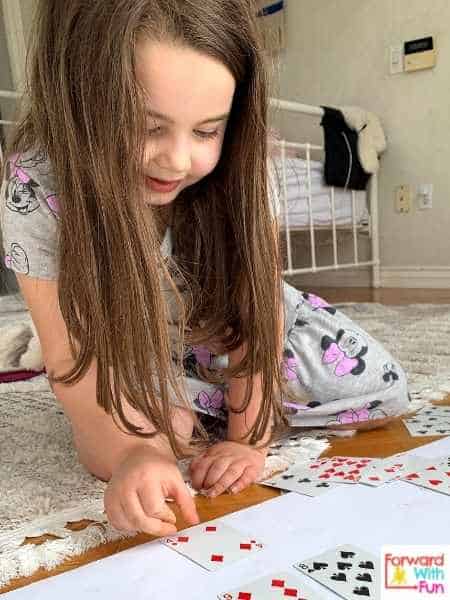
Is it just me, or do my kids listen better to Alexa than when I give a direction? Use that to your advantage, and ask them to have Alexa (or any other house robot item) count up to a certain number. They can listen as she models the rote counting or join in on the count. It's too easy!
When my fitness instructor says, "We are going to be doing planks for a whole minute," you know I'm counting every last second. Whether it's jogging to the end of the block or holding a tricky yoga pose- rote count to 20 or higher with your child as you're working out!
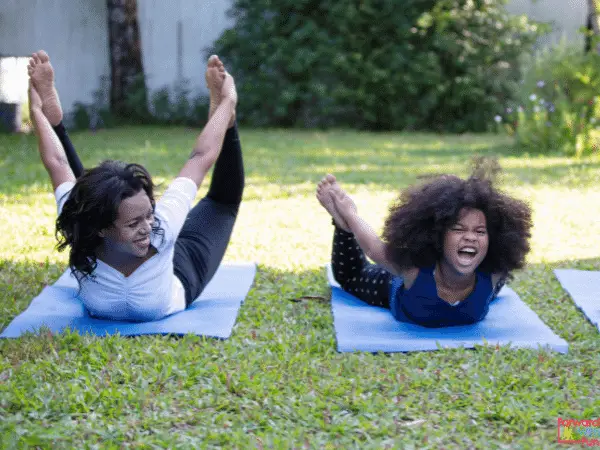
There are so many rote counting books out there. While you're reading the pages, your child will get to become familiar with the order of the numbers but also see the numbers many times, helping with number recognition. You can even count the objects on each page, which is not rote counting, but the next step in math skills.
Some of my favorites include:
Hippos Go Berserk by Sandra Boynton
Ten Apples Up on Top! by Dr. Seuss
Chicka Chicka 1,2,3 by Bill Martin Jr.
Using a large ball that your littles find easy to catch, try to pass it back and forth without dropping it to the ground. Count while you're passing the ball. If you count one number for each successful ball you're practicing rote counting and counting with one to one correspondence at the same time.
A way to do this as a rote counting activity would be to have your child repeat the number you say back to you, to help cement the order of new numbers: 1, 1, 2, 2, 3, 3, and so forth.
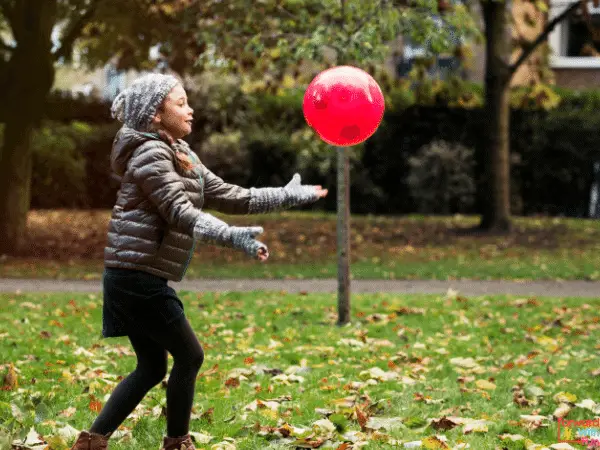
Do you have a calendar in your home? For us it's where I write all the special events (usually with a picture)so that my kids get excited and know how to "read" it. Each day we take a second to look at the calendar, usually during a meal.
If you have a calendar, notice the date with your child and practice rote counting up to that number. Even if you're the only one counting, hearing the sequence of numbers daily is powerful learning!
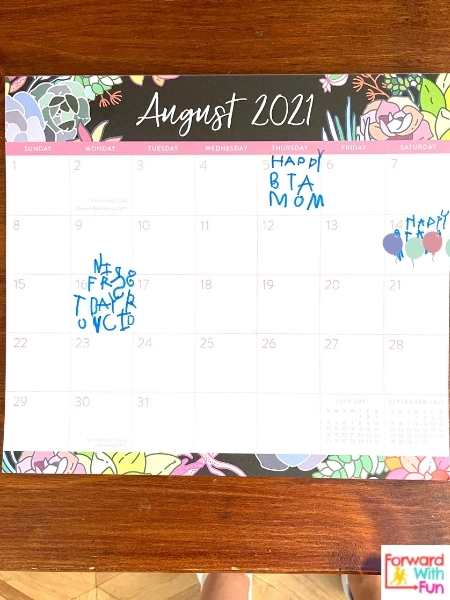
This is a great boredom buster for times when you have a few minutes to spare. Pick a target number to count up to. Take turns creating a movement pattern to do to the beat of the counting. For example, stomp, stomp, clap, clap. As you do each movement count one number more until you rote count to the target number. Take turns choosing the pattern; kids love to be the leader!
You don't need to wait until Halloween to play this rote counting game. Use a new voice to count to 20 and have the other person guess who you are pretending to be. Are you a baby, Dracula, a fancy lady, a mouse, Peppa Pig?
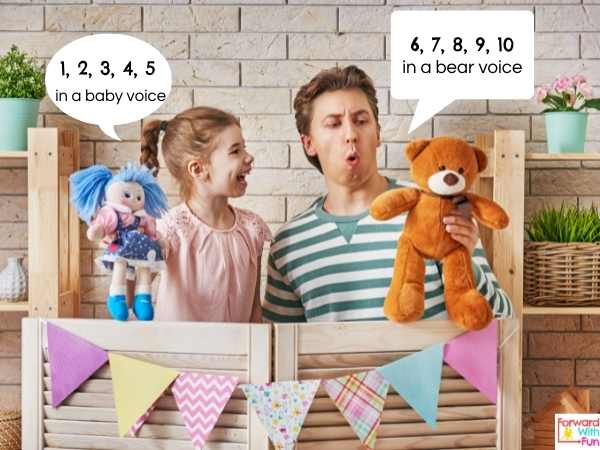
How long can you balance on one foot? Rote count as you challenge each other not to topple over while balancing on one foot!
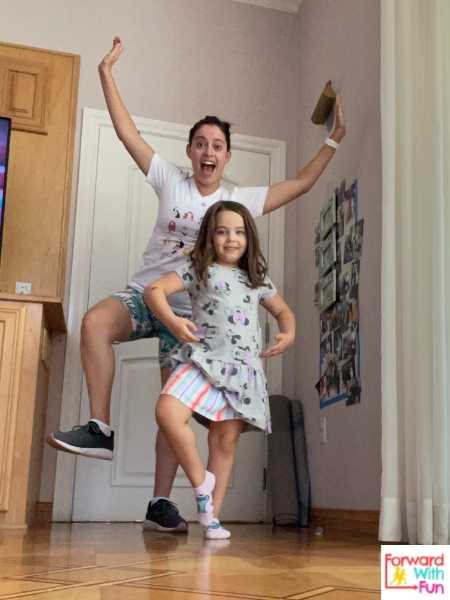
My kids have loved bubbles for always. In this bubbly rote counting activity, blow some bubbles. Pick one to follow and count how long until it pops! You can focus on the same bubble or make it competitive by choosing different bubbles. Remember to count together. How long did it take for your bubble to pop?
Usually I don't include screen activities, but I picked this toy up at a clothing and toy swap years ago, and I'm so glad I did. The phone has multiple rote counting songs as well as little animations for the numbers 1-9. I definitely need to give it some credit for my kids' love of numbers and counting.
Parents, snack is almost always a preferred activity for kids, so let's make it work for us. Have them count their snacks! With this simple set-up my kids were practicing rote counting, counting with one to one correspondence, and number recognition. It's one of the most favorite activities from our Fun Club activities
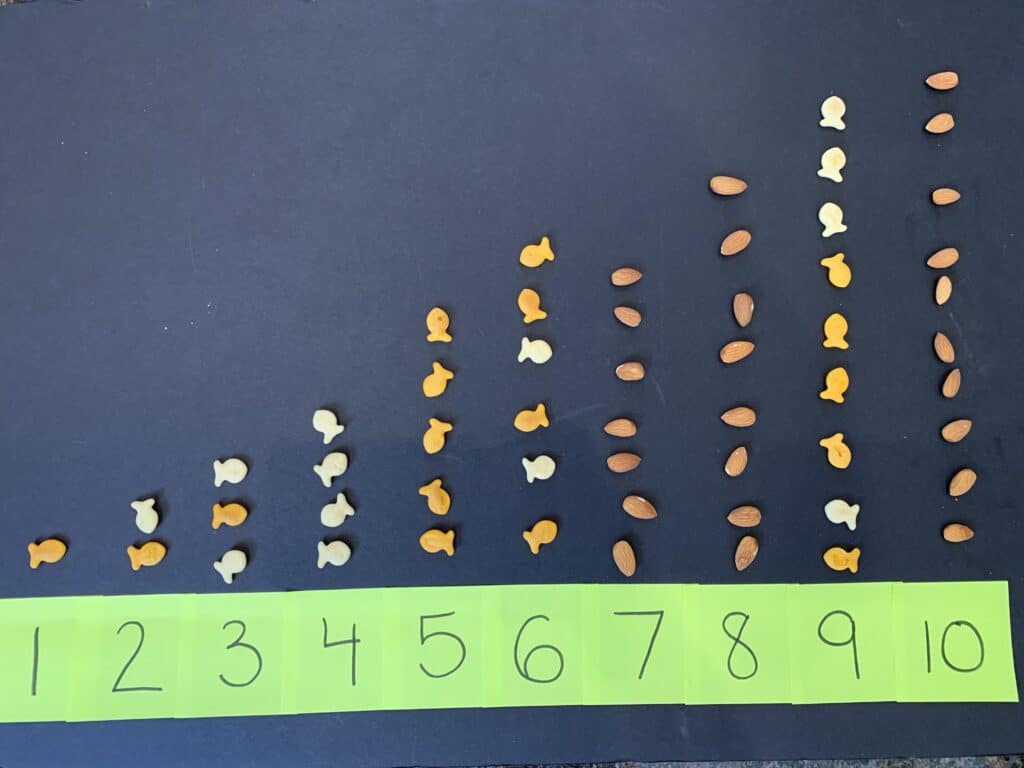
General rule: kids love stickers. Peeling stickers is also a great fine motor activity. On a piece of paper (or really anything) write a few numbers your child is working on recognizing. Divide up the spaces and have them put that number of stickers in each section. This activity will build rote counting skills as well as number sense and help kids count accurately.
How do we get kids excited about numbers and counting? Let them choose what they count. Counting collections are a great way to help kids learn to count up to very high numbers, like in this activity where we counted to 100. But you can count smaller quantities too.
Let's get all their favorites: race cars, stuffed animals, dinosaurs, construction trucks, fairies, etc. Count your collection to practice SO many math skills.
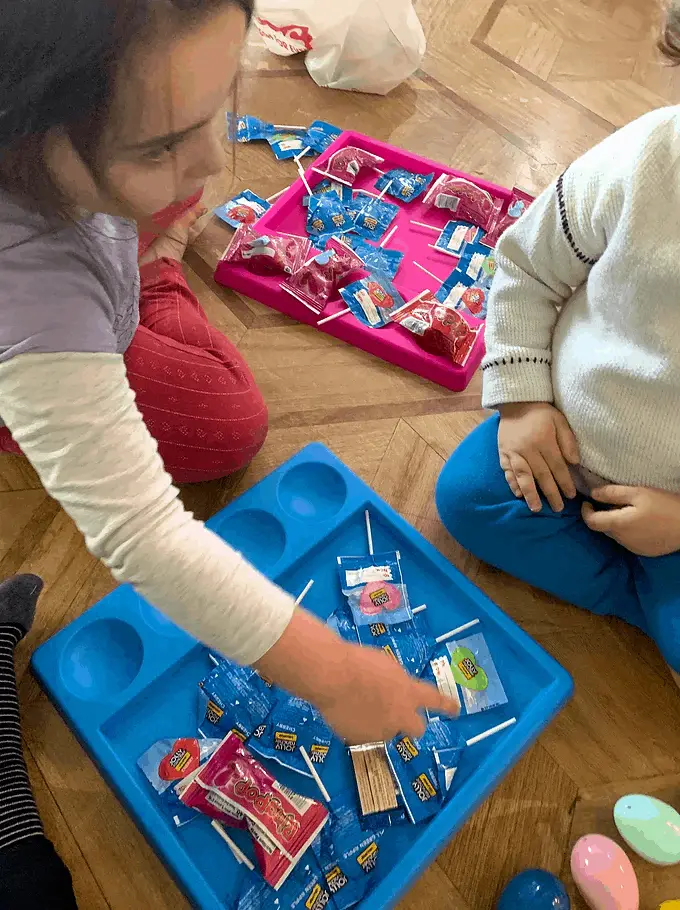
This is a fun rote counting activity for any time of day if you've got stairs in your home. I've found my children naturally count the steps as they go up and down them. You can walk up the stairs, crawl up the stairs, or march, just make sure to hold the railing!

I'm really big into doing sensory bins with my children (3-5 years old). Our favorite kinds of tools are scoopers and bottles. Have your children scoop and transfer whatever your bin is filled with and count how many scoops were needed to fill the container. Counting scoops of any kind is lots of fun, plus it's soothing!
Have you ever seen one of these? I made it with a shoe box, cutting out a holes for anima mouths. I haven't thrown it away after years because my kids still love to play "Feed the animals" with pom poms. They gather their colorful pom poms and count as they stuff them through the little hole. Again this activity involves saying the numbers in order but also involves counting objects too, so it's not solely a rote counting activity.
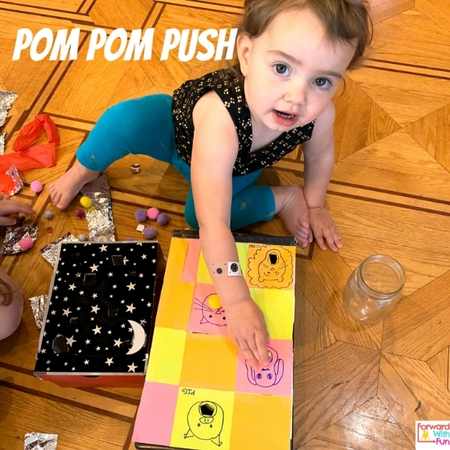
Play anywhere and any time, it's super easy. Pick two spots in your home (or wherever). How many steps will it take to get you from one spot to the other? How many will it take your partner? Now how many will it take if you do giants leaps? Baby steps? You can even challenge each other to only get from point A to point B in a certain number of steps. This activity is counting but is a little more advanced because children must be able to count accurately!
Rote counting is the most basic math skills that is essential for children to be able to do before most other math skills. Try any of these rote activities to help your child learn the basics while also having fun!